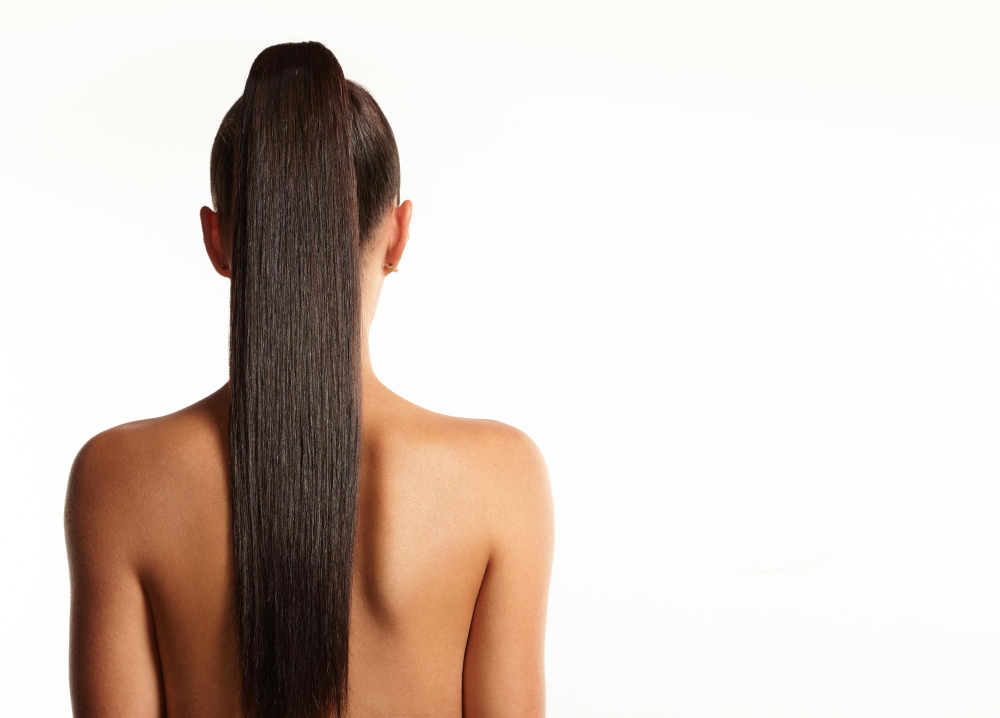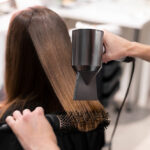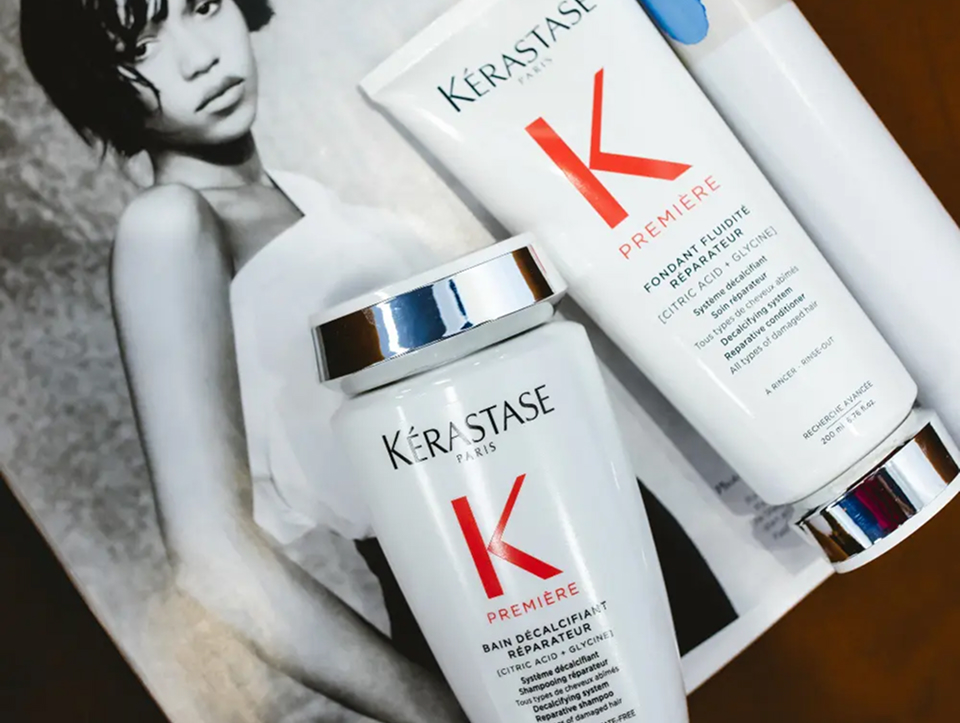Are you struggling with frizz, breakage, or damaged hair? Choosing between a keratin vs protein treatment can be confusing because both promise stronger, healthier hair.
Keratin treatments smooth and straighten, while protein treatments repair and strengthen. Understanding their differences ensures you pick the treatment that suits your hair type and goals.
In this guide, we’ll break down the differences between keratin vs protein hair treatments, provide expert tips, and share insights so you can make an informed decision.
By the end, you’ll know exactly which treatment will leave your hair looking smooth and radiant.
What Is a Keratin Treatment?
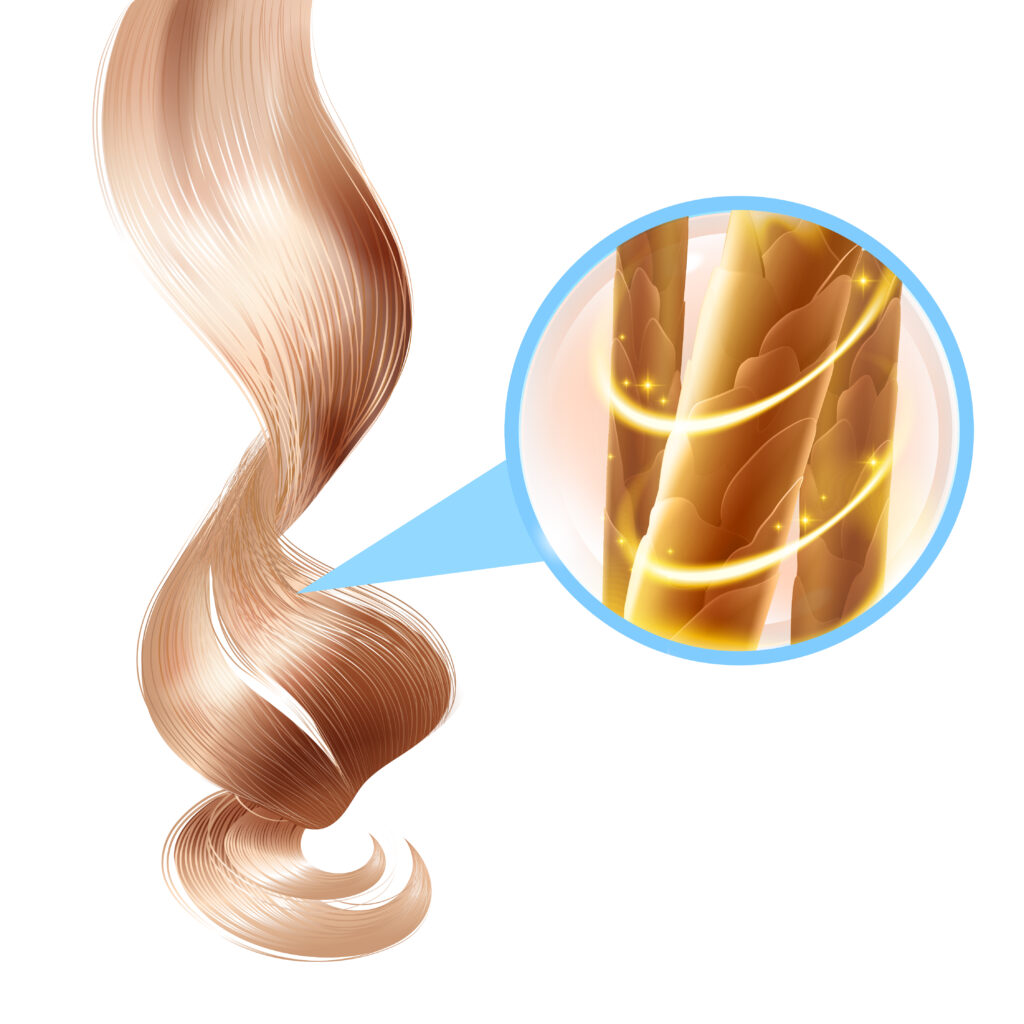
Keratin is a protein found in your hair, nails, and skin. Over time, factors such as heat styling, coloring, pollution, and UV exposure strip this protein from hair, making it weak and frizzy.
A keratin hair treatment replenishes lost keratin through a smoothing formula that coats each strand and seals it with heat.
How it works: Our stylist applies a keratin-rich solution, then uses a flat iron to set it. The result? Smooth, glossy, manageable hair for up to 6 months.
Key Benefits:
- Smooths frizz and flyaways instantly
- Adds shine and softness
- Reduces styling time
- Offers humidity resistance
- Makes hair straighter and easier to manage
Considerations:
- Some treatments may contain formaldehyde or chemical derivatives (ask for “formaldehyde-free” options)
- Requires 48-72 hours before washing or tying up hair
- Works best on medium to thick hair types rather than very fine or weak strands
📚 Research shows keratin-based treatments improve the surface integrity of hair by reducing cuticle damage and friction during combing.
🧴 Tip: Use sulfate-free shampoos to maintain your keratin treatment longer and prevent protein loss.
What Is a Protein Hair Treatment?
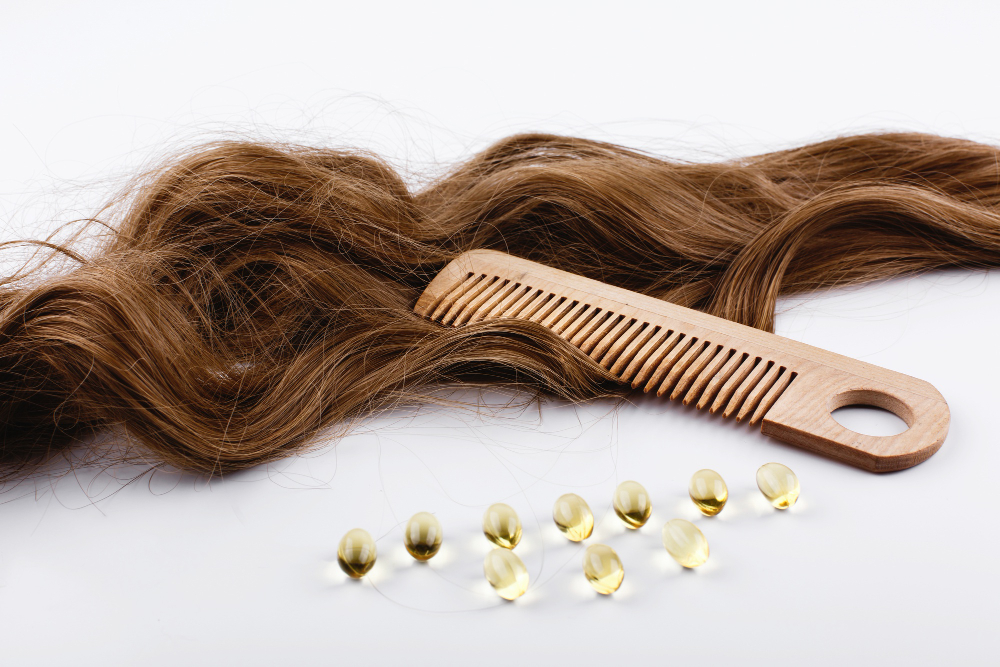
Protein hair treatments focus on repairing damage at a structural level. These treatments infuse hydrolyzed proteins (like keratin, collagen, or silk amino acids) into the hair shaft, strengthening weak points and restoring elasticity.
How It Works: The protein molecules bind to the damaged parts of the hair shaft, filling in gaps caused by over-processing or breakage. This rebuilds strength and improves resilience.
Key Benefits:
- Strengthens weak, brittle, or over-processed hair
- Reduces split ends and breakage
- Boosts elasticity and bounce
- Improves hydration retention and texture
Considerations:
- Overuse can make hair stiff or dry (balance is key)
- Results last about 4-6 weeks and need reapplication
- Ideal for chemically treated or heat-damaged hair
🧴 Tip: Use a protein mask once every 2-3 weeks if your hair is moderately damaged. Damaged hair might need weekly treatments initially.
Keratin vs Protein Treatment: Quick Comparison Table
| Feature | Keratin Hair Treatment | Protein Hair Treatment |
| Primary Purpose | Smooth & straighten hair | Strengthen & repair hair |
| Ideal For | Frizzy/unruly/curly hair | Weak/brittle hair |
| Duration | 3-6 months | 4-6 weeks |
| Chemicals | May contain formaldehyde | Usually chemical-free |
| Aftercare | Avoid washing 48-72 hrs; sulfate-free products | Moisturize and maintain protein balance |
| Cost | Higher salon recommended | Lower; often DIY |
Choosing the Right Treatment for Your Hair
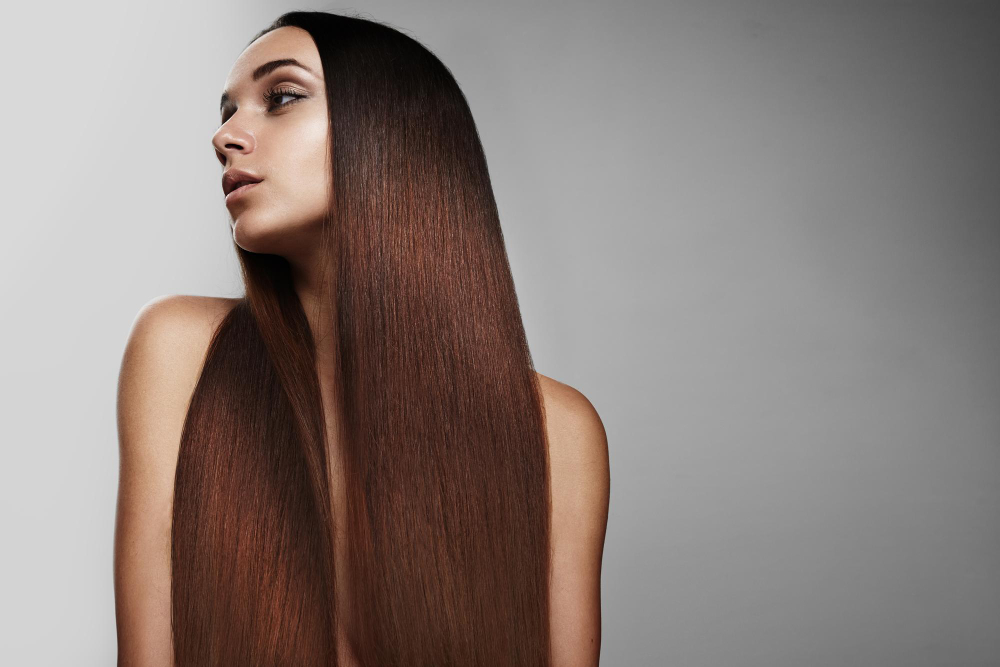
When deciding between keratin and protein hair treatments, consider your hair’s current condition, texture, and goals.
If your hair is frizzy, curly, or challenging to manage, keratin can smooth and tame it. If your hair is weak, brittle, or chemically damaged, protein will rebuild its structure.
Fine hair types usually benefit more from protein, while coarse or thick hair thrives with keratin.
Ask yourself:
- Does my hair feel dry and rough (keratin)?
- Does it break easily or feel stretchy when wet (protein)?
- Do I heat-style frequently (keratin)?
- Has my hair been bleached or permed (protein)?
🧴 Tip: Alternate treatments every few months to maintain the best of both worlds — strength from protein and smoothness from keratin.
Combining Keratin & Protein Treatments: The Smart Way
You don’t have to choose one exclusively. A smart routine alternates protein repair with keratin sealing to achieve long-term hair health.
How to Combine Safely:
- Start with a protein treatment to rebuild and strengthen your hair.
- After two weeks, apply a keratin treatment to seal in smoothness.
- Maintain results with monthly protein masks and hydrating conditioners.
Why It Works: Protein restores internal strength, while keratin locks in shine and protection from heat and humidity.
🧴 Tip: Consult your stylist to create a rotation schedule based on your hair’s porosity, density, and chemical history.
Expert Insights: What Most People Overlook
- Scalp Health: Protein treatments can nourish roots, reducing breakage and hair fall.
- Environmental Protection: Keratin creates a shield against UV, pollution, and humidity.
- Hair Growth: Balanced treatments promote healthier, thicker growth over time.
- Porosity Factor: High-porosity hair absorbs both treatments faster but may need extra moisture.
- Styling: Post-keratin, hair tolerates heat better—but always use protectant spray.
Aftercare & Maintenance: Keep the Results Alive
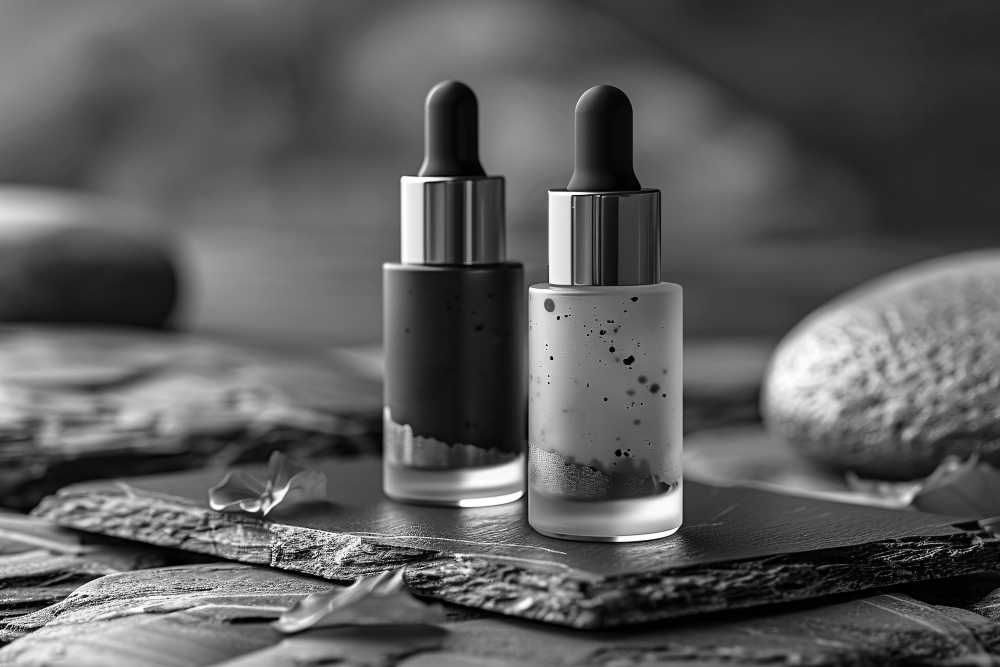
Your results depend on your aftercare routine. Consistency is key to keeping your hair smooth, strong, and healthy.
Daily Routine Tips:
- Use sulfate- and paraben-free shampoos to avoid stripping the treatment.
- Apply a leave-in conditioner or serum to retain moisture.
- Sleep on silk or satin pillowcases to minimize friction.
- Protect hair from UV rays using sprays or hats.
- Avoid chlorine or saltwater for at least 2 weeks after keratin.
Weekly Routine:
- Deep condition weekly to keep moisture-protein balance.
- Use a hydrating mask on non-protein weeks.
- Trim ends every 6-8 weeks to prevent split ends.
🧴 Tip: The secret to long-lasting results is hydration; even keratin-treated hair needs moisture to stay silky and manageable.
Your Path to Perfect Hair
Both keratin and protein hair treatments can transform your hair; the key is knowing your hair’s unique needs.
If frizz and volume are your main challenges, keratin will give you smooth, glossy results. If your strands feel weak or lifeless, protein will bring back strength and bounce.
The best approach? Alternate treatments to achieve the ultimate balance of smoothness and strength.
Ready for your hair transformation? Book a professional consultation today and let our stylist craft a personalized plan that makes your hair healthy, strong, and stunning every day.
FAQ
Can I do both keratin and protein treatments?
Yes, you can alternate between them protein treatments rebuild strength, while keratin treatments smooth and tame frizz. Using both helps maintain balanced, healthy hair.
Are keratin treatments safe?
When performed by a professional using formaldehyde-free products, keratin treatments are generally safe and effective. Always check the formula to avoid harsh chemicals.
Will protein treatments make my hair stiff?
They can, if used too often, as excess protein can make hair rigid. Pair them with moisturizing masks to keep strands soft and flexible.
Can I color my hair after a keratin treatment?
It’s best to wait at least two weeks before coloring so the keratin can fully set. This helps preserve both the treatment and your new color.
Are there vegan or cruelty-free options?
Yes, several brands now offer vegan keratin and protein treatments made with soy, quinoa, or wheat proteins. These options are gentle, sustainable, and animal-friendly.
Can I do a keratin treatment at home?
At-home kits are available, but salon treatments give longer-lasting, more even results. Professionals ensure proper application and minimize damage.

